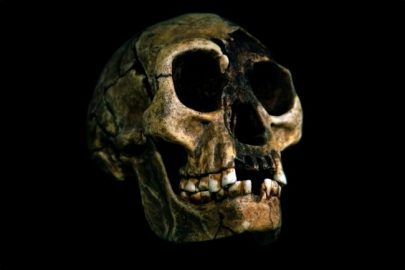It’s not every day that scientists discover a new human species.
But that’s just what happened back in 2004, when archaeologists uncovered some very well-preserved fossil remains in the Liang Bua cave on Flores Island, Indonesia. The diminutive size of this new human species, Homo floresiensis, earned it the nickname “Hobbit.”
Shockingly, researchers believed it had survived until the end of the last Ice Age, some 18,000 years ago. That was much later than Neanderthals lived, later than any human species other than our own.
Almost immediately, interpretations of this Hobbit skeleton met with fierce criticism from both anthropologists and evolutionary biologists. The poor Hobbit was accused of being an example not of a small new human species, but an abnormal Homo sapiens, bearing any of a variety of growth and hormonal conditions. The Hobbit, many scientists decided, had no place among the giants of the human evolutionary record.
This tiny, small-brained creature stood just a bit more than three feet tall and had a brain as big as a chimp. But her place in the human ancestral line was cemented when researchers uncovered another tiny individual in Flores. This second, much older discovery debunked the idea that the Hobbit was a unique, abnormal Homo sapiens.
After 15 years of intense research, anthropologists now confidently date the Liang Bua individual to have lived between 60,000 and 90,000 years ago. Her much older cousins in Flores lived 700,000 years ago. This long reign testifies to the success of this tiny human species, no matter how small-statured and small-brained they were.
And this year anthropologists found a new dwarfed human species, christened Homo luzonensis, in the Philippines.
more at livescience.com
Ask me anything
Explore related questions





